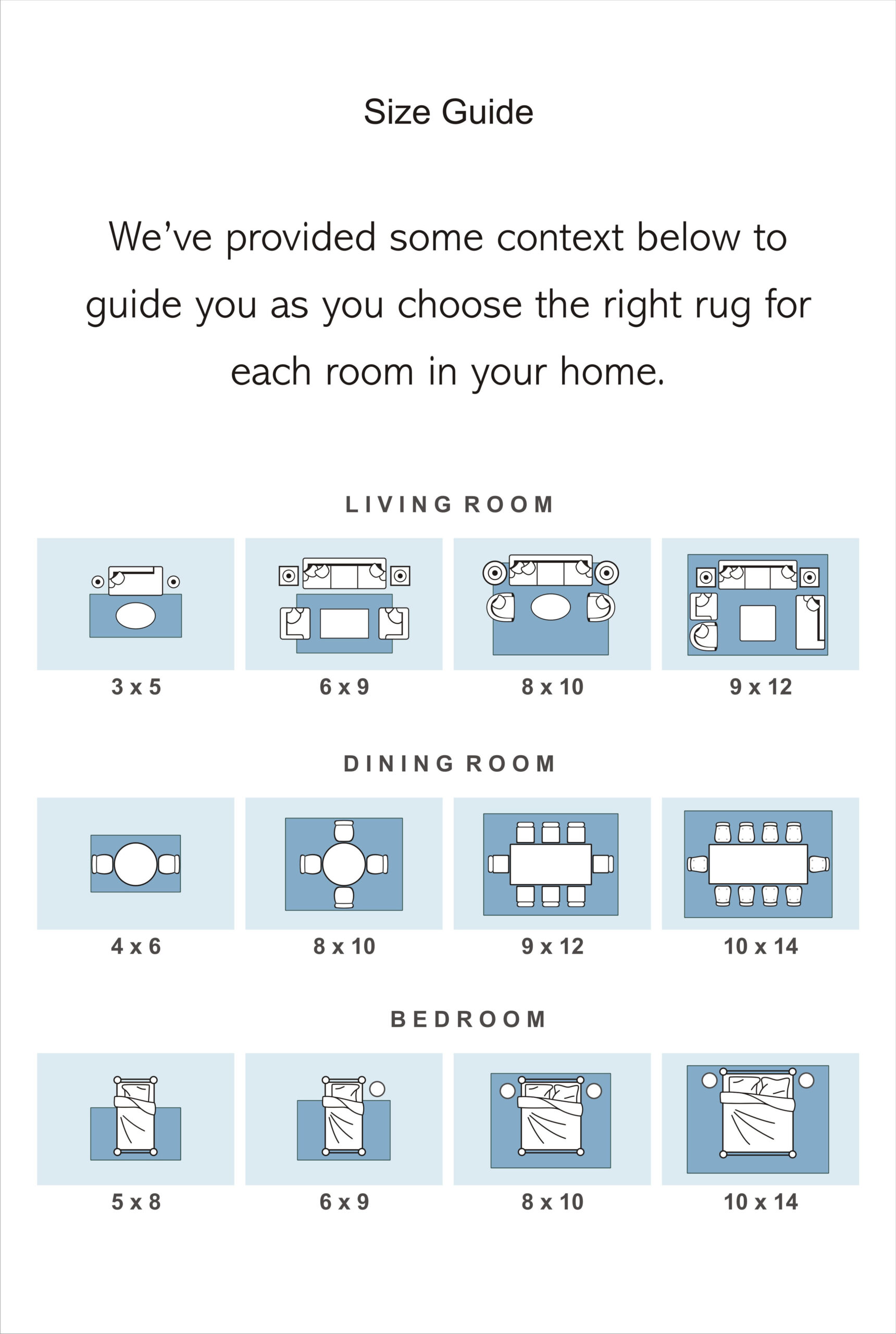Warp and weft form the basic weave of a carpet. Not ‘knot’ in the common sense, but ‘loop’, which is led in the knotting technology around the warp threads. Depending on which knot type is preferred, either Persian ‘Senneh’ or Turkish ‘Ghiordes’ knots, each knot is looped around two, sometimes also around three warp threads and so on – until one row is totally knotted. After a row is completed, with the comb the knots are struck against the weft threads. The end of the thread will be cut off with a blade. Then the weft thread will be shot through the weave along its whole width and wrapped around the side edges. When a few rows have been completed in this way the pile will be sheared.
Knot by knot, row by row the weavers patiently continue until the whole design gradually arises. At the end the woven edge, the so-called Kelim forms the conclusion of the finished carpet (fringes).
In practice one differentiates between three different knot types: Persian, Turkish and single.
- Persian knot
The Persian knot, also called Senneh knot or Farsi baff, results in a one-and-a-half-times loop around warp threads. With the Persian knot one can recognize the warp thread in each case. Between the Turkish and Persian knot there is no difference in quality. In design, however, the Persian knot offers more figuration possibilities; with Persian knotting, softer lines result than with the Turkish knotting.
- Turkish knot
The Turkish knot, also called double knot, Ghiordes knot or Turk baff, results in a double loop (double knot) around warp threads. With the Turkish knot the warp threads are not visible in the pile. This kind of a knotting is mostly used with geometrical, partly uncomplicated and rough patterns.
- Single knot
Dschufti, Spanish, Tibetan knot etc.:
This knot results in only a simple loop. When bending the carpet upward one recognizes the structure. At the back of the loop with a needle is easily extendable.
Caution! Old and antique pieces are never knotted in simple loop technology!
- Weaving chairs
Practically there are two different weaving chairs: a vertical and a horizontal one. The work begins with the weaving of a Kelim stripe of on approximately 3 to 4 cm at the bottom of the row. Then they start to knot the first row. The weft threads which are on the right and left side of the chair remain free. They are welded later to the side edges. With finer carpets, motives and color are first designed on graph paper and then carried out knot by knot.
- The horizontal weaving chair
The horizontal kind can be more easily taken apart and transported. Therefore wandering nomads usually prefer the horizontal chair for producing smaller pieces.
- The vertical weaving chair
The vertical chair is usually used by settled villagers and nomads. For larger pieces and fine carpets the vertical chair is more suitable. It consists of two durable and parallel standing bars, which are connected by transverse tree trunks at the lower and at the upper end. Between the two transverse trees the weaving threads in the longitudinal direction become strained.

